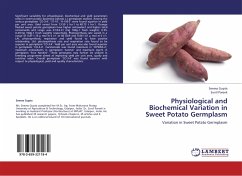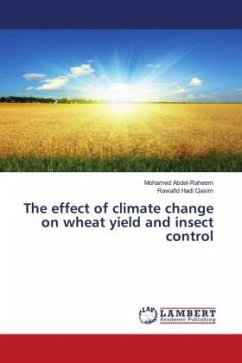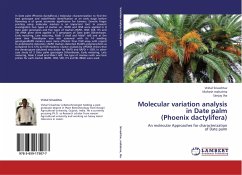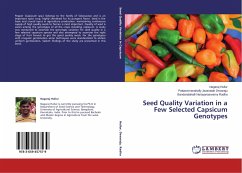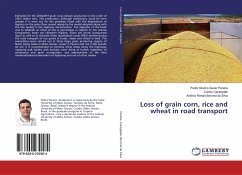Wheat yield, which increased substantially in the past, is commencing to level off. It becomes imperative therefore, analyse the physiological basis of yield, that would aim at breaking the apparent yield barriers. The grain yield has been analysed traditionally in terms of yield components which are negatively correlated with each other. A negative correlation between number of grains per ear and individual grain weight has been frequently observed. An understanding regarding the basis of such a relationship would possibly help in overcoming the negative correlation between yield components and may lead to further enhancement in yield potential in wheat. Studies at this laboratory have indicated that in a variety having higher grain number per ear the additional grains are located in the distal positions in spikelets where availability of assimilates limited their growth and resulted in smaller average grain weight. These observations have an important bearing on the type of desirable ear structure. The present study therefore, evaluates these observations in relation to different species of wheat.


